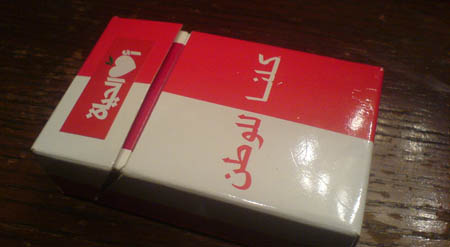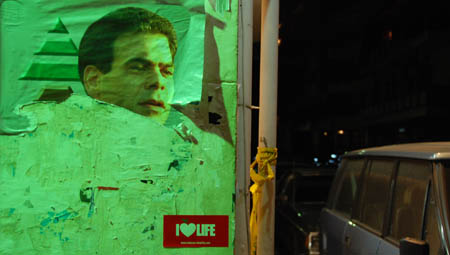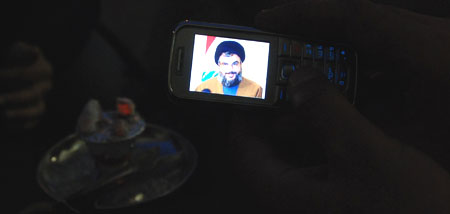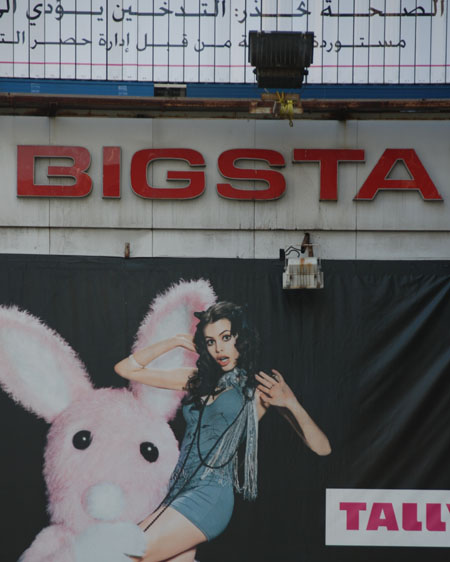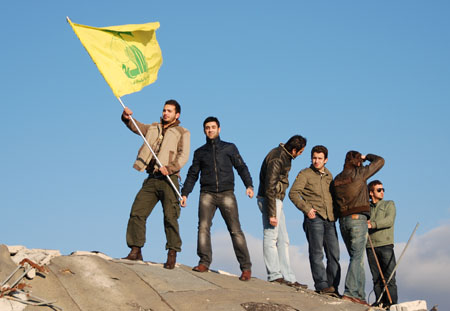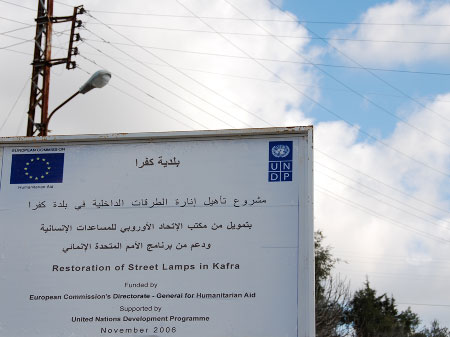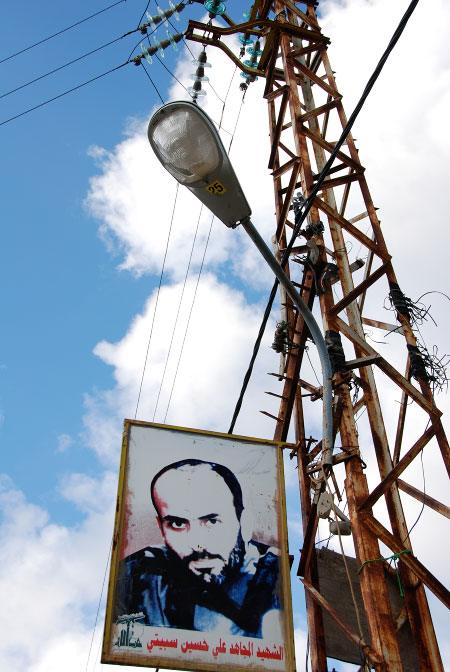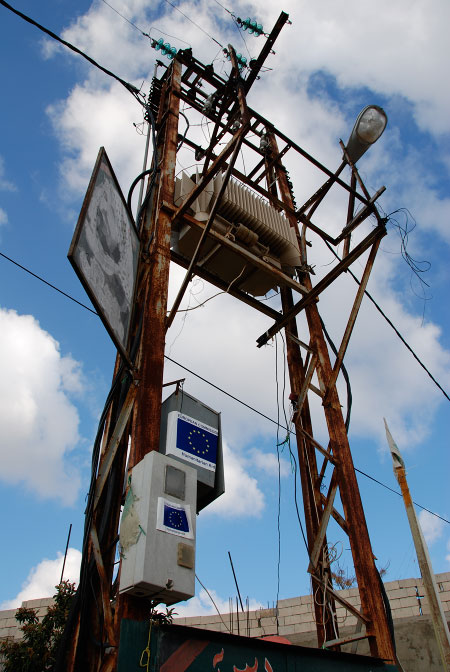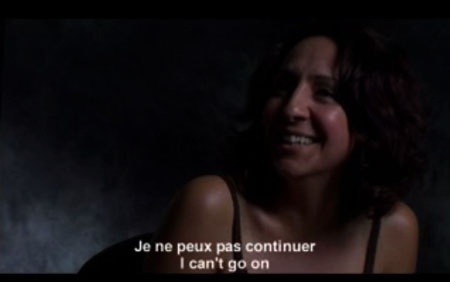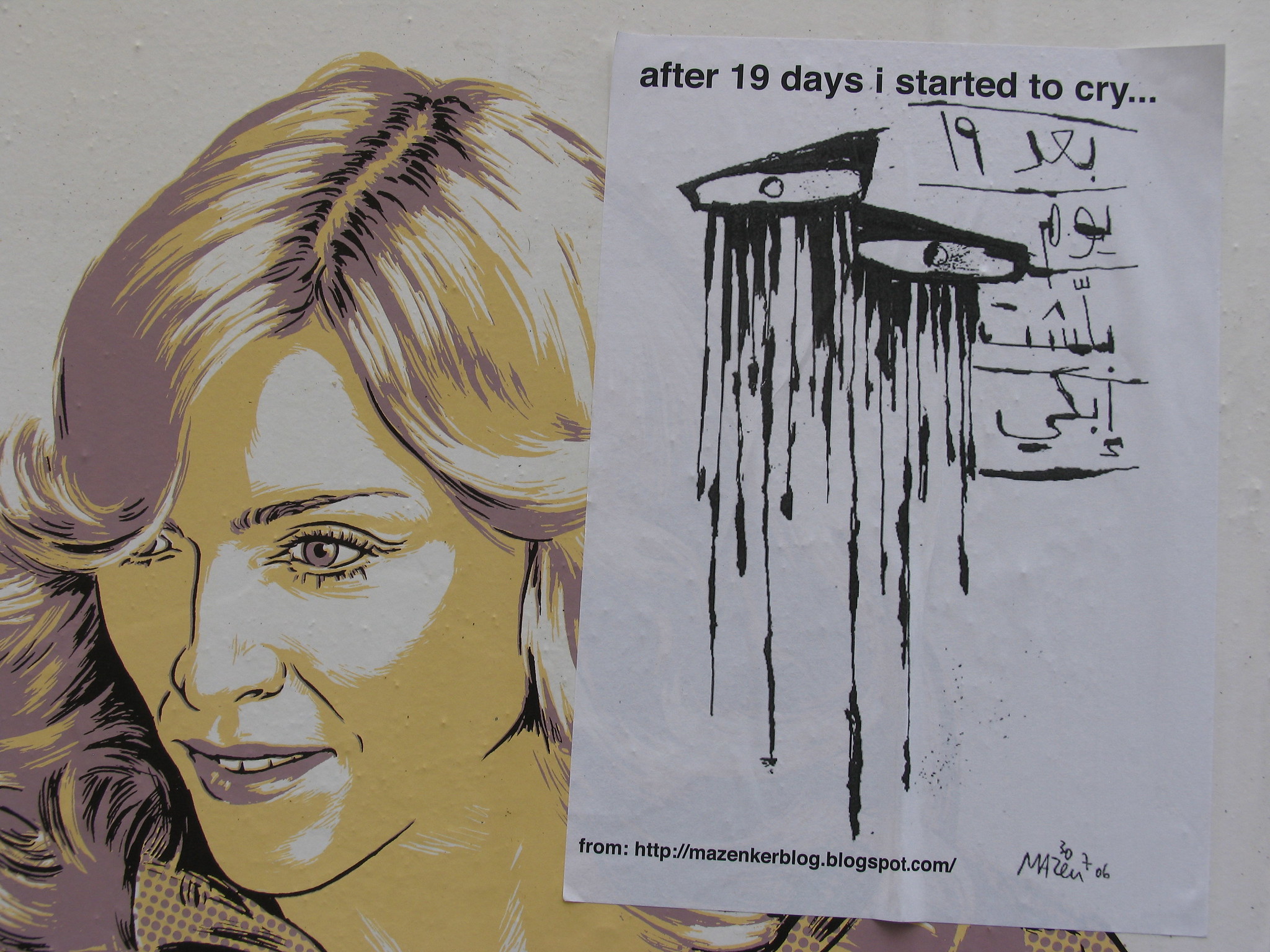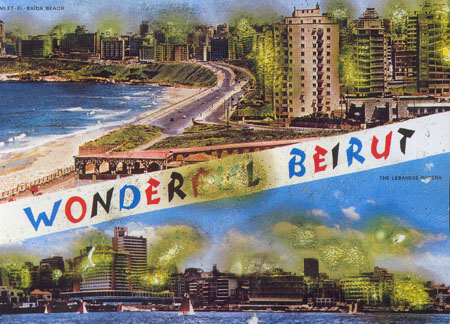Compact Fluorescent Lamps (CFLs)
I have just finished uploading my pictures from last weeks trip to lebanon to my flickr account. Among them are five or so that show massive energy saving light-bulbs (or CFLs as they are officially known) used for outdoor lighting of shops and a gas station.
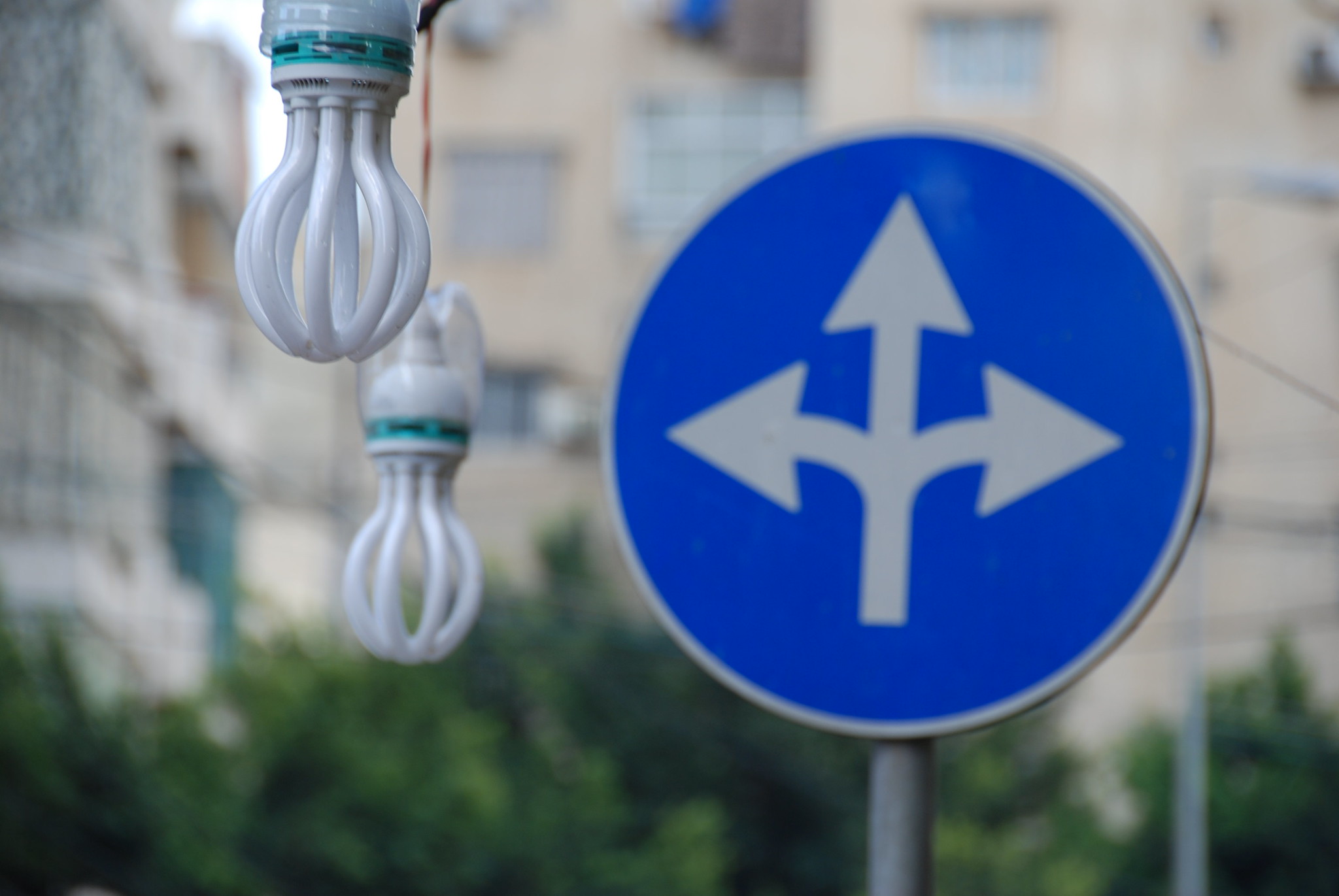
This is a trend that i had already noticed last December in China (not sure if in India): Energy efficient CFLs seem to be all over the place in areas like the Pearl River Delta with it’s rapidly growing energy consumption or Lebanon, whose power generating capacities have been severely reduced in the 2006 war (If you look closely at my pictures from Lebanon you will see that all but one light bulb are of the CFL type).
This is in stark contrast with the situation in Europe where these types of light-bulbs still seem to occupy a niche position. Now most likely this is due to the fact that we do not have the same energy constraints (yet) and can thus afford to happily wast our electricity, but a little bit of googling reveals that the fact that you do not see many CFLs around here (i do not have a single one in my house) is probably due to an altogether different reason:
Since 1998, China has become the world’s largest producer and exporter of the energy-saving lamps, changing the structure of a global market that was once monopolized by European and American companies such as Philips, GE, and Siemens-Osram. Chinese manufacturers supplied close to 1 billion CFLs worldwide in 2004. […] In the face of intense international competition, the low price of the Chinese-made bulbs has been the leading factor behind this growth.
[…] The European Commission imposed the five-year CFL duty in 2001 after the European Lighting Companies Federation, a trade group for European producers, claimed that China was flooding the market with cheap bulbs. The anti-dumping tariff was a huge blow to Chinese CFL manufacturers, who were dependent on exports for a large share of their market. Half the country’s CFL enterprises went bankrupt within the year, reducing the number of domestic producers from 4,000 to 2,000 in 2001, then to some 1,400 in 2002. To stay afloat, Chinese manufacturers shifted their attention to Asia and the Americas, regions that have imported more than 70 percent of China’s energy-saving bulbs in recent years. [source: worldwatch.org: China Pushes for Even Greater Share of World CFL Market]
So the real reason for not seeing lots of CFLs in Europe lies in the fact that the EU Commission decided to apply import duties on cheap CFLs from the PRC so that companies like Phillips, GE and Siemens can continue to make a little profit while we are happily wasting electricity. Makes me wonder about the European Commission’s sense of urgency even more than i did last week…

